We may earn money or products from the companies mentioned in this post. This means if you click on the link and purchase the item, I will receive a small commission at no extra cost to you ... you're just helping re-supply our family's travel fund.
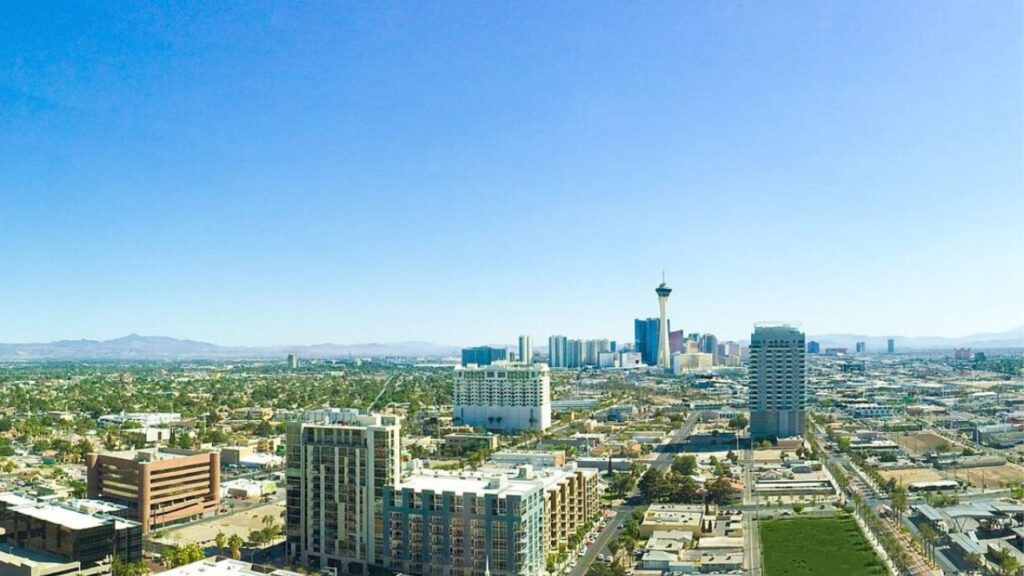
Social media is filled with dreamy travel photos, but not every destination lives up to the hype. From overpriced hotspots to overcrowded photo ops, some places shine online but disappoint in real life. In this list, we’ll uncover 15 U.S. destinations that often leave visitors feeling let down. Whether it’s long lines, hidden costs, or less-than-magical experiences, these places remind us that online beauty doesn’t always reflect the real-world experience.
San Francisco, California
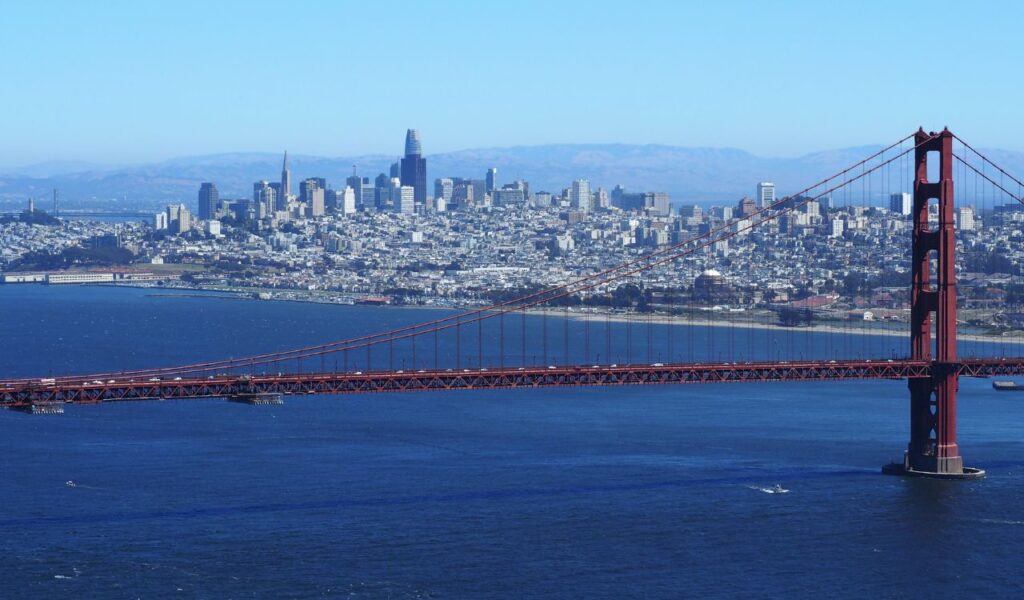
San Francisco dazzles in travel ads with its iconic bridge, historic cable cars, and colorful Victorian homes. But visitors often run into dense fog that hides the views, cold summer winds, and steep prices for everything from parking to coffee. Popular spots like Fisherman’s Wharf feel overly commercial, and homelessness is a visible concern downtown. The city’s charm is real—but it’s buried under big costs, traffic, and unpredictable weather.
Las Vegas, Nevada
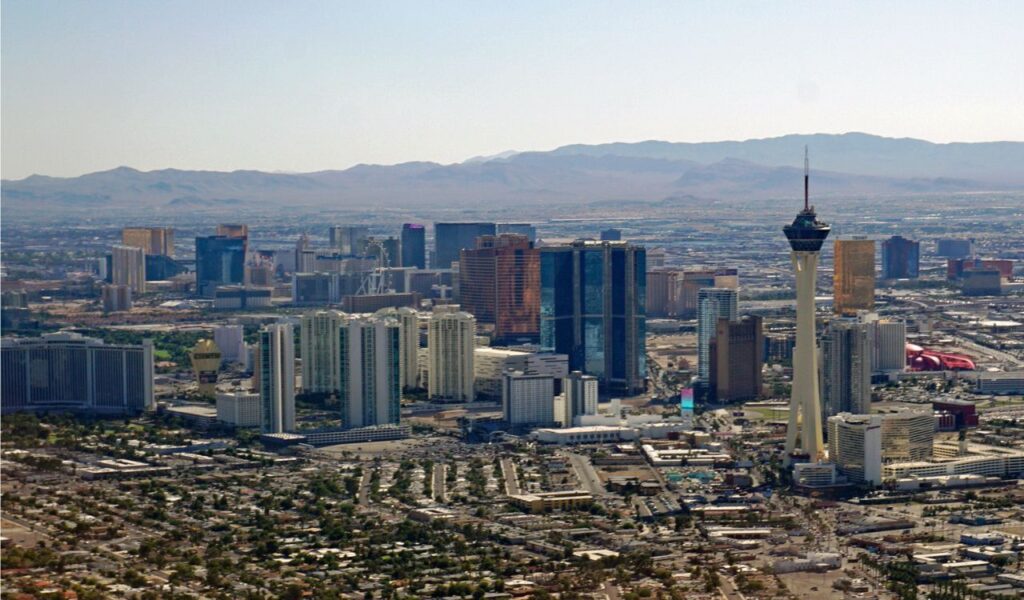
Vegas looks thrilling in movies and ads: bright lights, luxury resorts, and nonstop fun. But once you’re there, the glitz fades into reality—overpriced meals, endless walking, smoky casinos, and constant noise. Off the Strip, areas can feel neglected or rough. It’s easy to burn through cash quickly, and the glamour rarely matches expectations. For many, Vegas is a sensory overload that leaves you tired, broke, and wondering what the fuss was about.
Times Square, New York
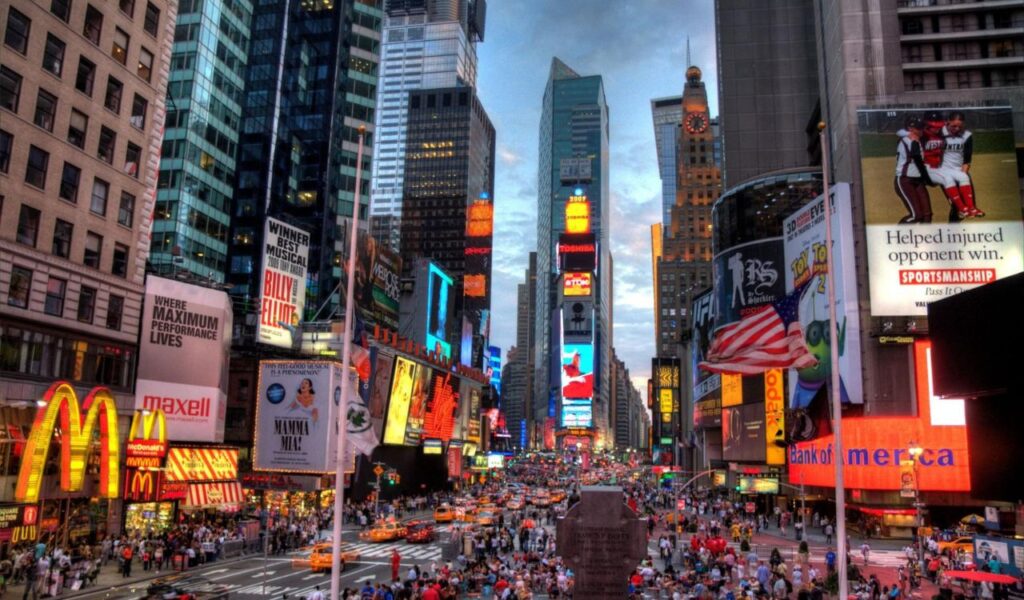
.Times Square promises bright lights and Broadway excitement, but in person it’s chaotic, crowded, and loud. Aggressive costumed characters, overpriced chain restaurants, and constant advertising make it feel more like a marketing machine than a cultural gem. Pickpockets and scams are common, and locals avoid the area entirely. It’s photogenic from afar, but up close, most travelers find themselves overwhelmed, frustrated, and eager to escape to a quieter part of New York.
Miami Beach, Florida
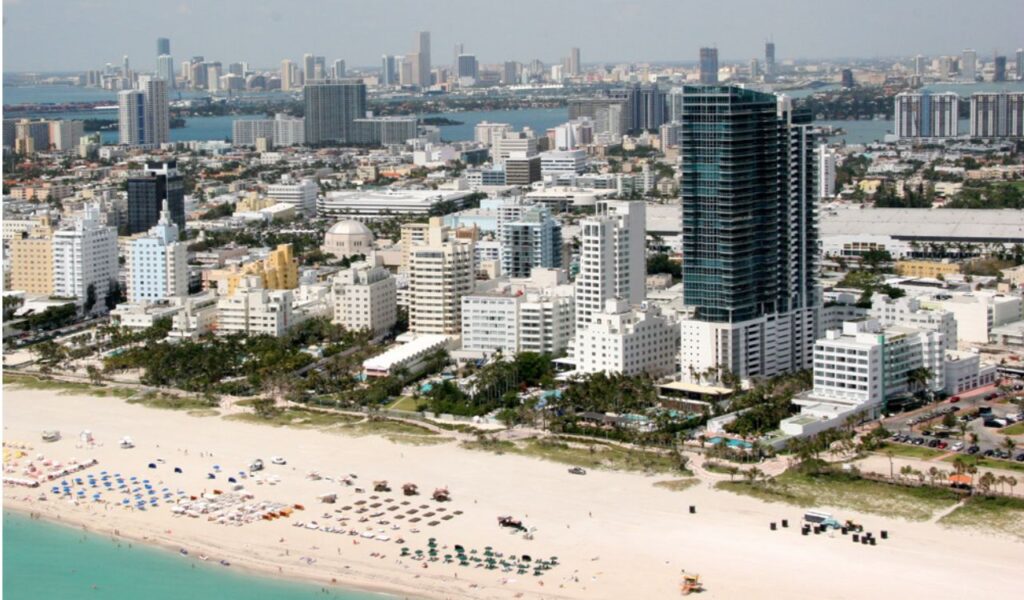
Miami Beach looks like a pastel paradise online, but the reality can be intense. Packed beaches, traffic jams, and loud nightlife make it hard to relax. Hotel and food prices soar, especially near Ocean Drive. The glamorous vibe often caters more to influencers than everyday travelers. If you’re seeking peaceful sands or cultural depth, you may be left disappointed. It’s flashy, fun, and photogenic—but often exhausting, crowded, and expensive in ways the photos never show.
Orlando, Florida
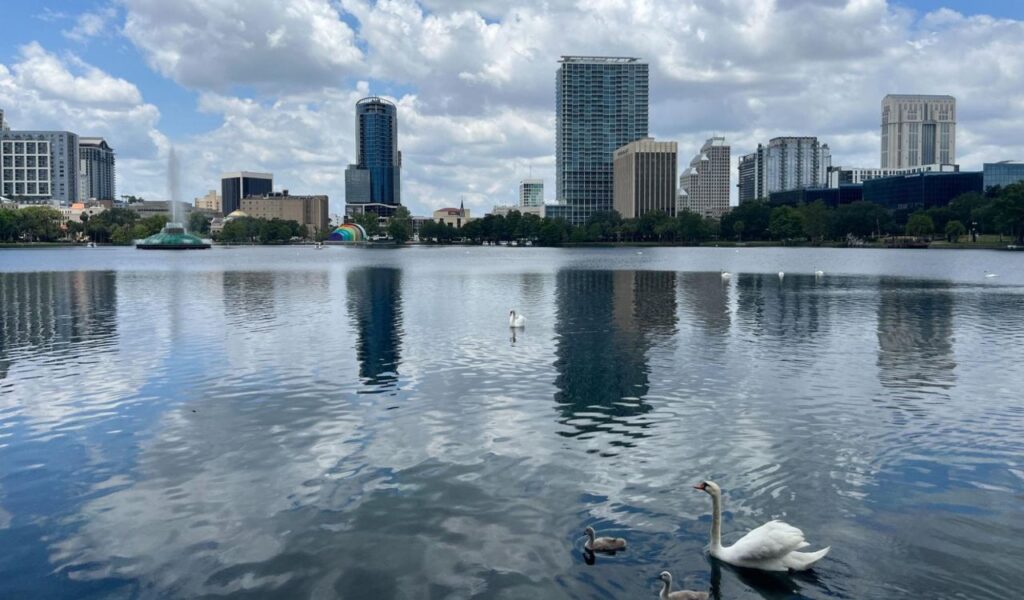
Theme parks dominate Orlando’s identity, and glossy ads make them look magical. But families often spend hours in hot, humid lines, pay huge ticket fees, and leave feeling drained. The parks are crowded year-round, and everything—from water to parking—costs extra. Outside the attractions, Orlando has fewer draws. The excitement quickly fades under the weight of long waits and high expenses, making it a tough place to enjoy without serious planning and budget.
Santa Monica, California

Santa Monica’s pier is iconic, and the sunset views look stunning online. But on arrival, the scene is often packed, noisy, and littered with tourist traps. The beach can feel gritty and overused, and parking is a nightmare. Rides are overpriced, and the charm feels staged for social media. While the city has real beauty and culture, it takes effort to find. Most visitors walk away with nice photos, but not lasting memories.
Sedona, Arizona

Photos of Sedona’s red rock scenery and spiritual energy draw crowds year-round. But what many don’t see is the packed parking lots, long hiking trail lines, and inflated prices for “healing” experiences. What should be a peaceful escape can feel more like a busy attraction. Boutique shops push pricey crystals, and traffic clogs small roads. While nature is stunning, the commercial vibe and tourist overload often leave visitors feeling more stressed than serene.
New Orleans, Louisiana
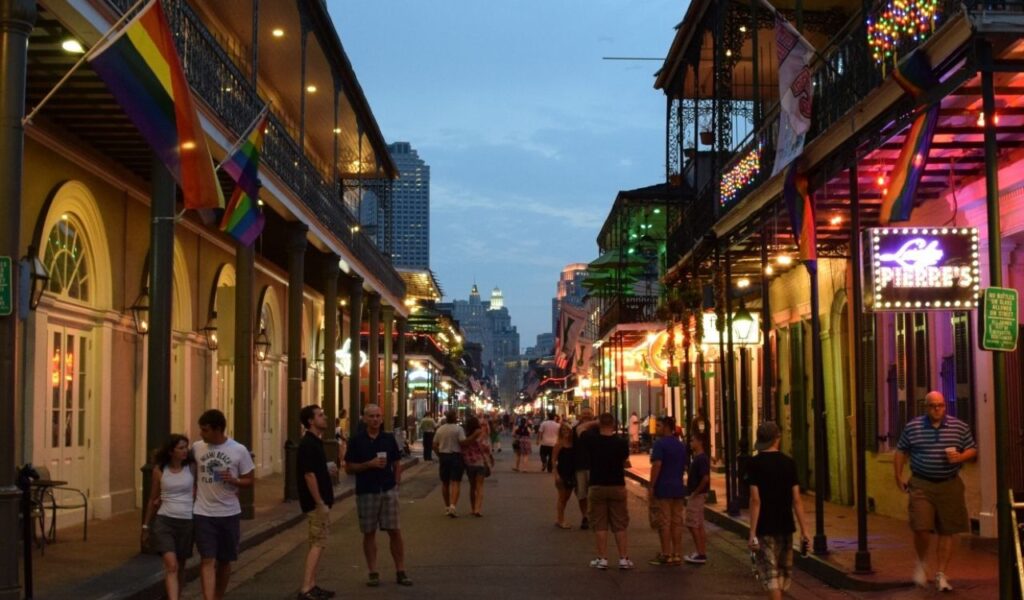
New Orleans markets itself as a cultural gem with music, food, and Southern charm. But parts of the French Quarter are overcrowded, noisy, and smell unpleasant—especially after a night of partying. Safety can be a concern in certain areas, and heat plus humidity adds discomfort. Tourist pricing is high, and some “authentic” experiences feel overly packaged. While the city has real soul, many travelers struggle to connect with it beneath the chaos.
Nashville, Tennessee
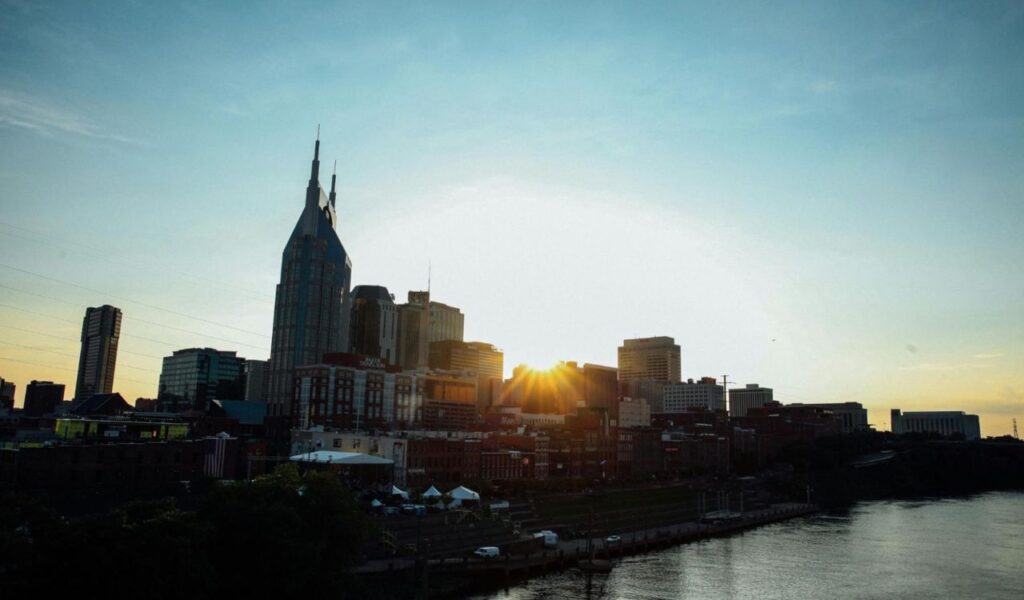
Nashville is sold as a country music haven with a small-town heart, but Broadway street is often packed with loud bachelor and bachelorette parties, pricey bars, and endless crowds. The city’s charm can get lost in the noise. Many historic sites feel more like commercial backdrops than meaningful places. It’s easy to feel disconnected from the music scene unless you plan carefully. The party vibe is strong—but the genuine culture takes effort to find.
Myrtle Beach, South Carolina

Myrtle Beach looks like a family-friendly coastal getaway in ads, but many visitors find crowded sands, dated hotels, and a sea of tacky attractions. Chain restaurants line the streets, and nightlife is often loud and rowdy. While it has entertainment, much of it feels worn out or touristy. The beach itself is less pristine than expected, and local charm is hard to spot. It’s affordable—but it rarely delivers the relaxing retreat it promises.
Salem, Massachusetts
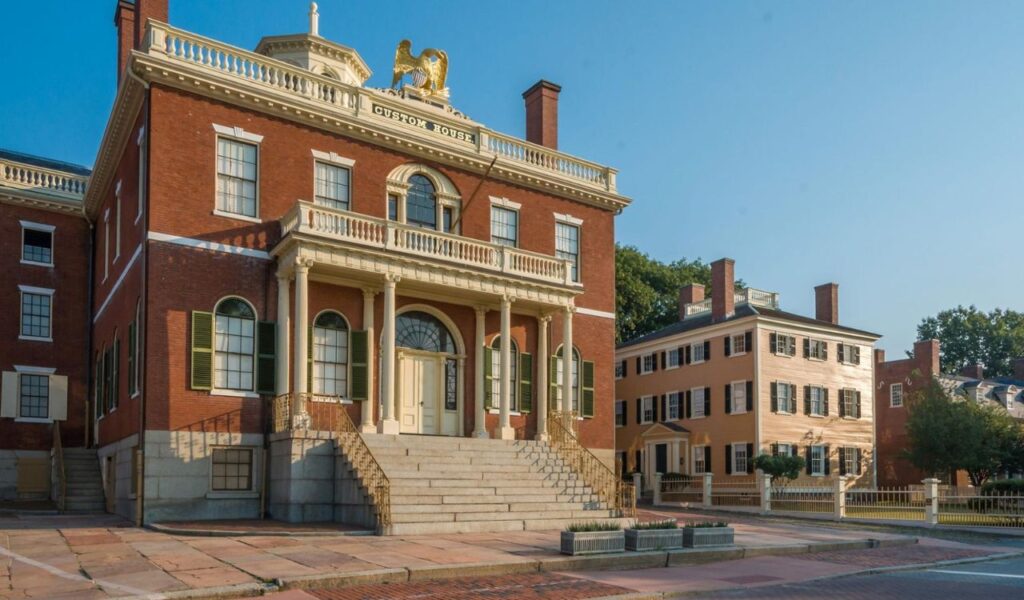
Salem promises spooky charm and deep history, but most visitors find cheesy gift shops, long lines, and underwhelming attractions. The “witch” theme feels commercial, and authentic historical context can be hard to find amid selfie-seekers and Halloween kitsch. Crowds balloon in October, making everything harder to enjoy. If you’re expecting a deeply immersive, hauntingly historic town, you might leave feeling like you paid for a theme park without the rides—or the magic.
Mount Rushmore, South Dakota
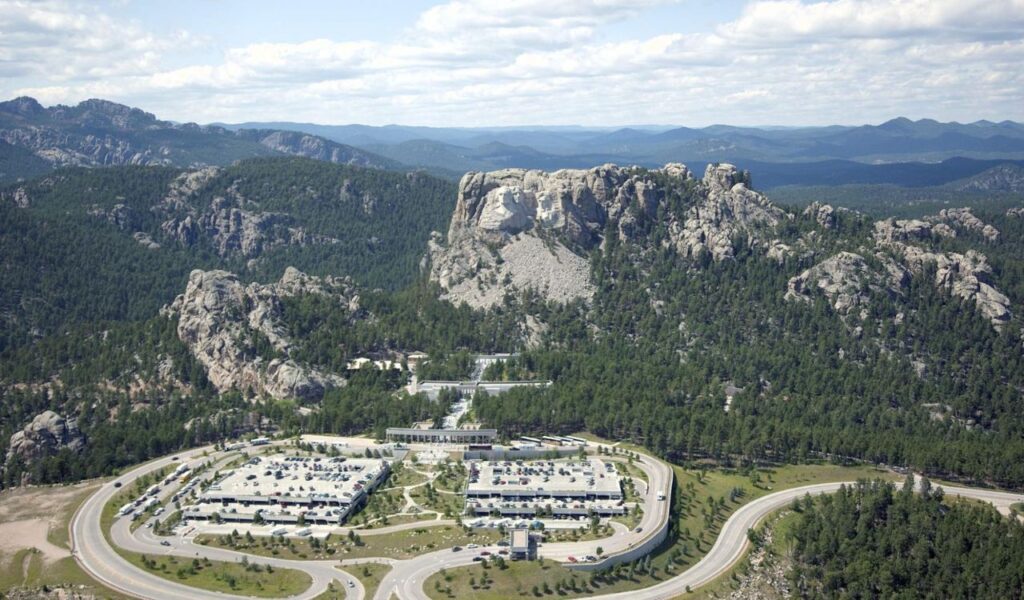
Mount Rushmore appears huge and awe-inspiring online, but many travelers are surprised by its smaller scale and limited surrounding attractions. Once you’ve seen the carvings—often from a distance—there’s little else to do. The remote location adds to the underwhelming feel, especially after a long drive. It’s a quick photo stop at best, not a full-day destination. For those expecting a grand patriotic experience, the reality can fall short of the epic image.
Lake Tahoe, California/Nevada
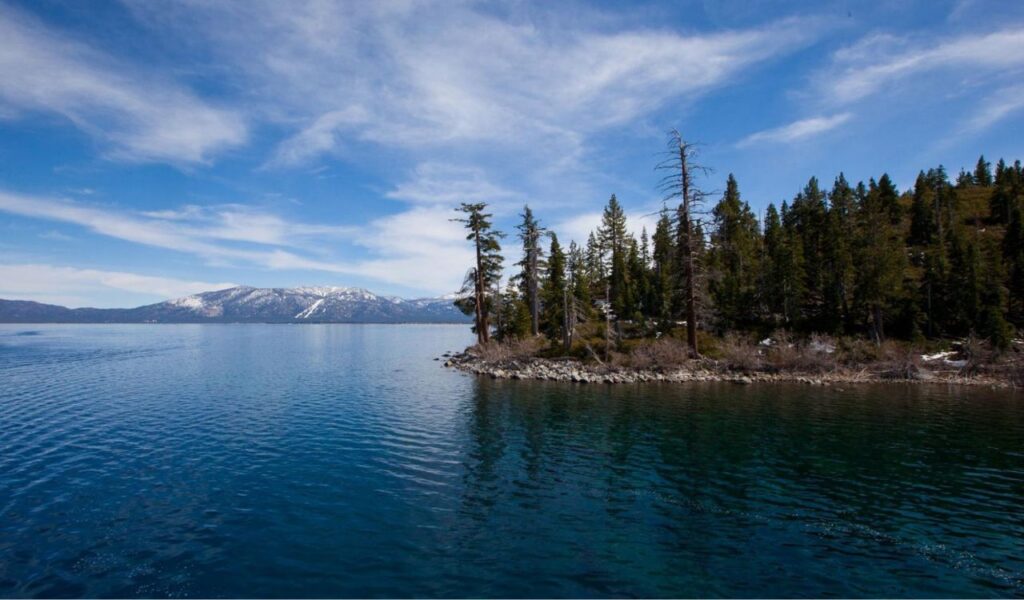
Lake Tahoe’s sparkling waters and snowy peaks are beautiful—but often hard to enjoy. Traffic crawls, parking fills up fast, and popular spots are overcrowded, especially in summer and ski season. Lodging is pricey, and storms or wildfires can ruin plans fast. The natural setting is still incredible, but sharing it with thousands of others makes it hard to find peace. It’s a case of too many people chasing the same quiet moment.
Aspen, Colorado
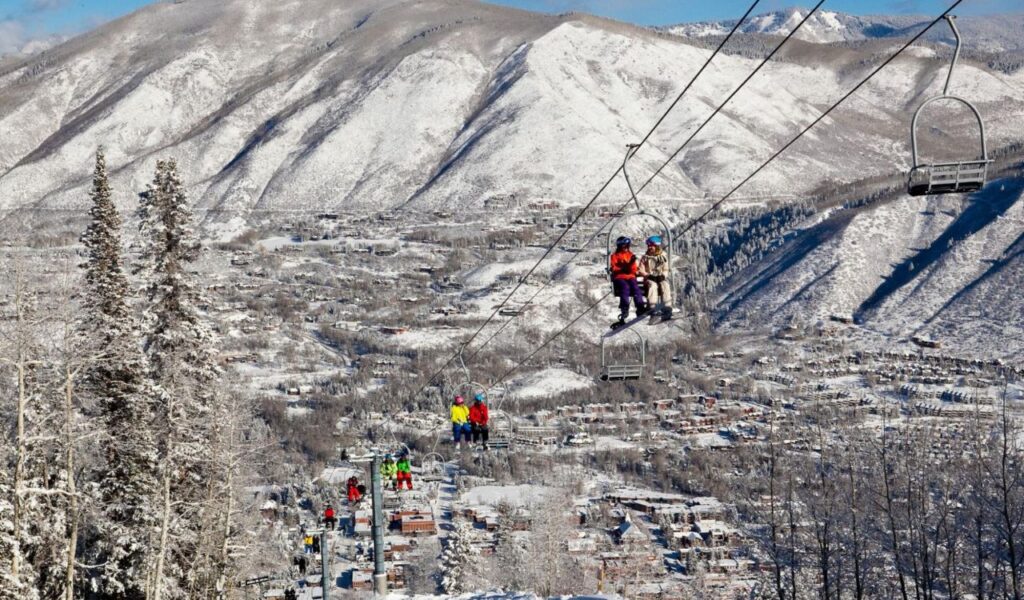
Aspen screams luxury and style online, but the cost of entry is steep. Hotels, meals, and lift tickets can feel out of reach for most travelers. The town itself feels more like a fashion show than a laid-back mountain escape. If you’re not skiing or spending big, options feel limited. While the views are stunning, the vibe can feel exclusive, not welcoming. It’s gorgeous—but unless you’ve got cash to burn, it might feel cold.
Napa Valley, California
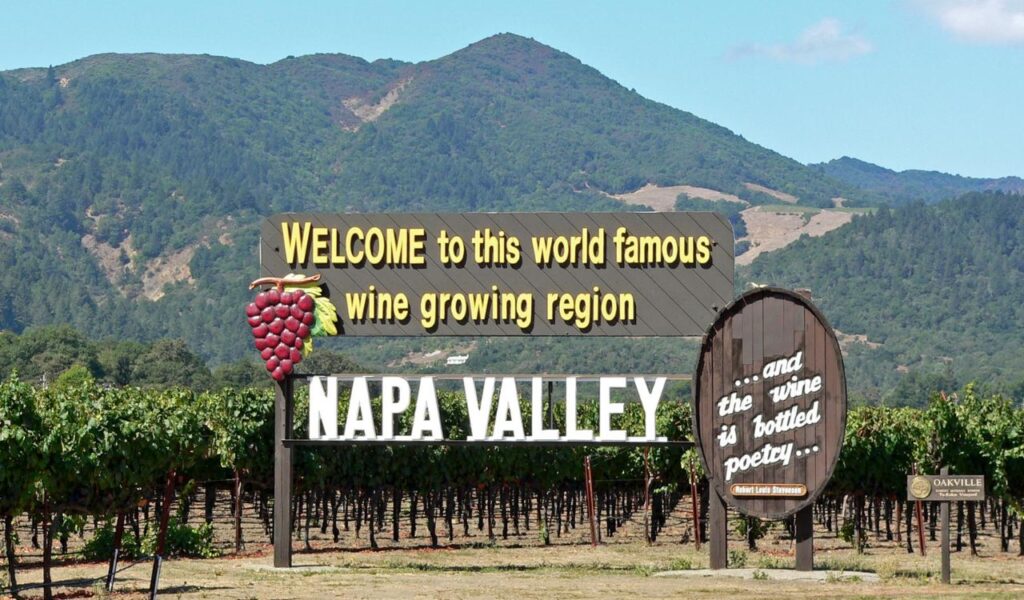
Wine country looks like a dream: rolling hills, golden sunsets, and clinking glasses. But reality often includes steep tasting fees, tight reservation systems, and tourist-packed wineries. Many places rush you through, offering little personal touch. Dining is expensive, and charming roadside stops are now luxury storefronts. While the wine is world-class, the atmosphere can feel corporate and commercial. Napa delivers quality—but lacks the warm, rustic intimacy shown in photos and films.